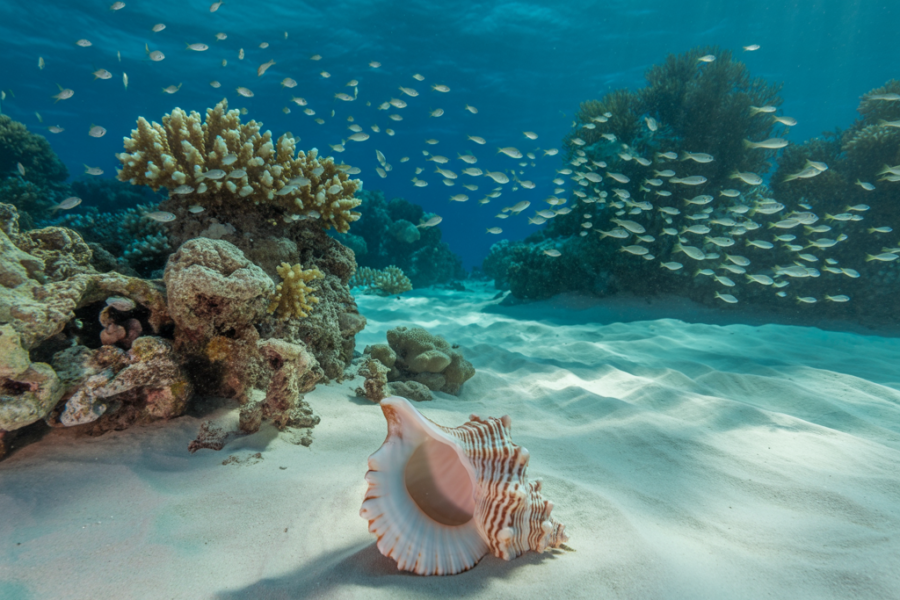The deep sea has always been Earth’s ultimate “do not disturb” zone—pitch black, full of weird creatures, and crushing pressure levels that would turn us into pancakes. But thanks to some clever tech, we’re finally sneaking into this underwater VIP club. These breakthroughs aren’t just helping scientists map the ocean floor; they’re letting us understand life in the planet’s most extreme neighborhoods. Here are ten of the coolest technologies that are making deep-sea exploration feel a lot less like guesswork and a lot more like sci-fi come to life.
Autonomous Underwater Vehicles
These robot subs basically do the boring stuff humans hate—like hours of scanning the ocean floor—without ever needing snacks or bathroom breaks. Scientists program them to explore areas too dangerous for people, and they can roam for days while gathering data. The best part? They map landscapes and take photos in places so deep sunlight never reaches. They’re like the Google Street View cars of the ocean, just wetter.
Remotely Operated Vehicles
Unlike their fully independent cousins, these robots stay tethered to a ship so operators can control them in real time. They’re great for poking around shipwrecks, grabbing samples, or staring directly into the abyss without risking human lives. High-definition cameras on these vehicles beam back incredible footage of sea life we didn’t even know existed. Plus, there’s something satisfying about driving a robot arm like it’s a video game.
Advanced Sonar Mapping
Old-school sonar was fine, but new multibeam systems are like switching from pixelated Minecraft to 4K graphics. They send out sound waves that bounce off the seafloor and return detailed 3D maps. This helps researchers find everything from new trenches to massive undersea mountains. It’s basically echolocation, but for science instead of bats.
High Pressure Resistant Cameras
Capturing images at extreme depths isn’t easy when the water pressure could crush a car. These specialized cameras are built to survive conditions that would destroy normal gear in seconds. They let scientists document deep-sea creatures without hauling them to the surface, where they usually… well, explode. This means we finally get to see animals in their natural “what even is that” glory.
Deep Sea Internet Cables
Exploring is cool, but streaming real-time data is cooler. Fiber optic cables laid across the seafloor now let scientists send and receive info instantly from remote areas. This tech is turning deep-sea expeditions into live events rather than “check back in six months for results.” It also means fewer scientists spending weeks at sea eating nothing but instant noodles.
Underwater Drones
These are like the hobbyist drones everyone flies at the park, except way tougher and waterproof. They can zip through tight spaces, film rare species, and even inspect fragile ecosystems without disturbing them. The affordability of these drones means more research teams can join the deep-sea party. And yes, people are already racing them for fun because humans will compete at anything.
Bioluminescence Sensors
Ever seen those glowing fish that look like living night-lights? Bioluminescence sensors are designed to detect and study that exact light. These sensors help scientists understand how and why creatures use glow-in-the-dark tricks to survive. Turns out, the ocean floor is basically a rave and we’ve only just started learning the dance moves.
Submersible Habitats
Imagine camping… but at the bottom of the ocean. These small, pressurized habitats allow researchers to live and work deep underwater for days at a time. It saves energy compared to constantly traveling up and down and gives them a front-row seat to ocean life. It’s equal parts science and “extreme Airbnb.”
Environmental DNA Sampling
Instead of chasing fish around, scientists now test water samples for traces of DNA left behind by animals. This lets them figure out which species are nearby without even seeing them. It’s like reading the ocean’s guestbook—“Oh, a squid was here yesterday, cool.” It also helps find rare or shy creatures we’d never spot otherwise.
AI Powered Data Analysis
Collecting ocean data is one thing, but making sense of it is another job entirely. Artificial intelligence now helps sort through massive piles of information faster than any human could. It can even spot patterns we’d miss, like seasonal migrations or environmental changes. Basically, AI is becoming the nerdy lab partner we always wished we had.

